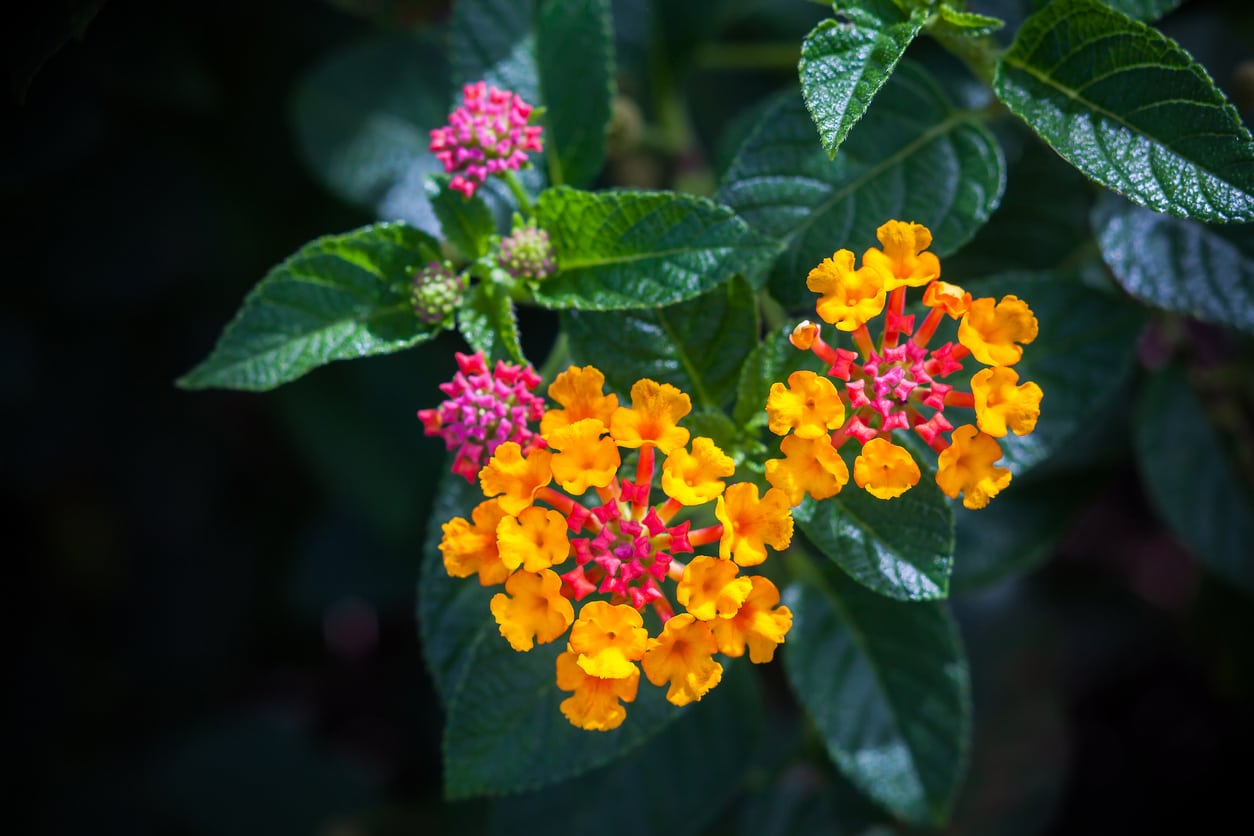Can You Transplant Lantanas: Tips For Moving A Lantana Plant


If you garden for hummingbirds, butterflies and other pollinators, you probably have lantana plants. Though lantana can be a noxious weed and the bane of citrus growers or other farmers in some areas, it is still a prized garden plant in other regions. Lantana is loved for its long season of abundant, colorful blooms and its quick growth, tolerance of poor soil and drought. However, lantana cannot tolerate too much shade, waterlogged or poorly draining soils, or winter freeze. If you have a lantana that is struggling in its current location or has outgrown its space and is not playing nice with other plants, you may be searching for some tips on how to transplant lantana.
Can You Transplant Lantanas?
First and foremost, if you live in a climate with frost-free winters, be sure to check with your local agencies before bringing lantana plants to a new area. It is considered an invasive weed and serious problem in some parts of the world. There are restrictions on planting lantana in California, Hawaii, Australia, New Zealand and several other places. Lantana can be transplanted in spring or autumn. Transplanting lantanas in extreme heat or intense sunshine can cause unnecessary stress to them. So if you absolutely have to move a lantana during summer, try to do it on a cloudy, cooler day. It also helps to prepare the lantana new site beforehand. While lantana requires very little besides full sun and well-draining soil, you can help the plants get off to a good start by loosening up the soil in the new area and mixing in compost or other organic matter. Pre-digging the new hole for the lantana plant can also help reduce transplant shock. Though it is hard to guess the size of a plant’s rootball until you dig it up, you can dig the hole approximately as wide as the plant’s drip line and about 12 inches (30 cm.) deep. Pre-digging the hole can also give you an opportunity to test how quickly the soil drains.
Moving a Lantana Plant
To transplant a lantana, use a clean, sharp garden spade to cut around the plant’s drip line or at least 6-8 inches (15-20 cm.) out from the plant crown. Dig down about a foot to get as much of the roots as possible. Gently lift the plant up and out. Lantana roots should be kept moist during the transplanting process. Placing newly dug up plants in a wheelbarrow or bucket filled with some water can help you safely transport them to the new site. At the new planting site, be sure to plant the lantana transplant at the same depth it was planted previously. You can build a small berm of back filled soil in the center of the hole for the roots to spread down to raise the plant up if necessary. Gently tamp down soil over the roots to prevent air pockets and continue to backfill with loose soil to the surrounding soil level. After planting, deeply water your lantana transplant with low water pressure so the water can thoroughly saturate the root zone before draining away. Water newly transplanted lantana daily for the first 2-3 days, then every other day for a week, then once a week until it establishes.
Sign up for the Gardening Know How newsletter today and receive a free copy of our e-book "How to Grow Delicious Tomatoes".

Darcy is a former contributor to Gardening Know How. She is a professional landscape designer and gardening writer with experience in plant sales. An avid gardener, Darcy has a passion for sharing practical tips to help others grow.